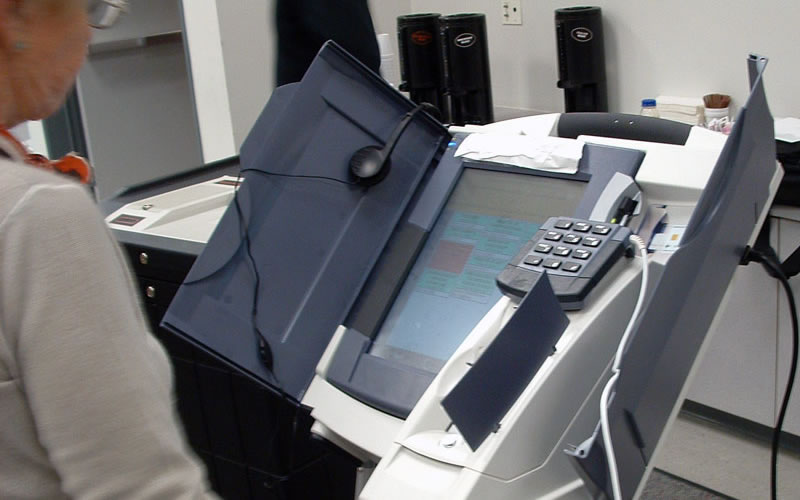
By Duncan Buell, special to Statehouse Report | Before South Carolina requests bids and spends tens of millions of dollars for new election equipment, we should look at what other states have done recently. South Carolina is not unique in having to replace outdated equipment.

One option is to replace the existing ES&S iVotronics voting computers more or less one for one with newer ES&S ExpressVote ballot marking device (BMD). Several bids and recent purchases put that cost at just under $5,000 for each voting computer. (These really are “computers” and not just “machines” so we will call them what they are.) South Carolina currently has about 13,000 iVotronics. At $5,000 each, that’s $65 million to replace. Buying in such a large quantity, we might do better, but even at $4,000 each, the price tag is $52 million.
This contrasts with changing from voting computers to hand-marked paper ballots, optical scanners for the paper, and one ballot-marking device per precinct to meet ADA (Americans with Disabilities Act) requirements for accessibility. For this option, we have several “comparables,” as would be said in the real-estate business.
Ohio went out for bids in 2017 for new election equipment. The bids from four major vendors came in between $8,500 to $11,000 per precinct, for a BMD (for accessibility) and an optical scanner. For South Carolina, with approximately 2,200 precincts, that comes to between $18.7 million and $24.2 million.
Michigan had a very similar estimate, of roughly $5,000 for a BMD and $5,000 for a scanner for each precinct, thus $10,000 per precinct, and $22 million for the 2,200 precincts in South Carolina.
A very different analysis was done in 2016 for the state of Iowa. There, where most voting is done on hand-marked paper, the estimate was that election equipment for the state cost about $3.73 per person (not per registered voter). The U.S. Census Bureau estimate for 2017 put the South Carolina population at just over 5 million people. At $3.73 per person for election equipment, that’s $18.65 million.
What is remarkable about these numbers is that very recent bids to three other states and an analysis from a totally different perspective all result in an estimated cost of $18.7 to $25 million for hand-marked paper and a scanner and a BMD in each precinct.
One negative of hand-marked paper is the ongoing cost of paper. We have a reliable estimate that for a large county in South Carolina, it would take 50 county-wide elections before the cost of paper made up the difference. And we must not overlook the ongoing cost of maintenance contracts for the BMDs or voting computers, which in large counties can be at least $100,000 per year.
A final argument regarding cost is the ability to add capability. Maricopa County, Arizona, (metropolitan Phoenix) votes on hand-marked paper. When additional space for voting is needed, they open up another 3×6 folding table and run to the office supply store for cardboard privacy screens. That’s a far cry from $5,000 each for an increase by only one in the number of voting stations in a precinct. Increasing from one scanner to two, at a cost of $5,000, doubles the scanning rate. Increasing from two to three for a very large precinct increases the scanning rate by 50 percent.
We do need to replace our current system, but as we plan to spend this much money, we should take guidance from other states with recent experience and make sure we spend the money wisely.
Duncan Buell, a member of the League of Women Voters of South Carolina, is NCR Professor of Computer Science and Engineering at the University of South Carolina.
- Have a comment? Send it to: feedback@statehousereport.com.
















 We Can Do Better, South Carolina!
We Can Do Better, South Carolina!
The “gold standard” of verifiable, recountable voting is hand-marked paper ballots. The author did not indicate whether the new iVotronic “computers” would leave a paper trail, nor whether they were still vulnerable to hacking that could switch votes.
In addition to being more trustworthy, systems cited as used in other states had the added attraction of being less costly, both to purchase, expand and maintain. This approaches a “no-brainer” decision.
With hand-marked ballots and optical scanners, results can be just timely as with the current “faith-based” system that is rapidly falling apart from age.